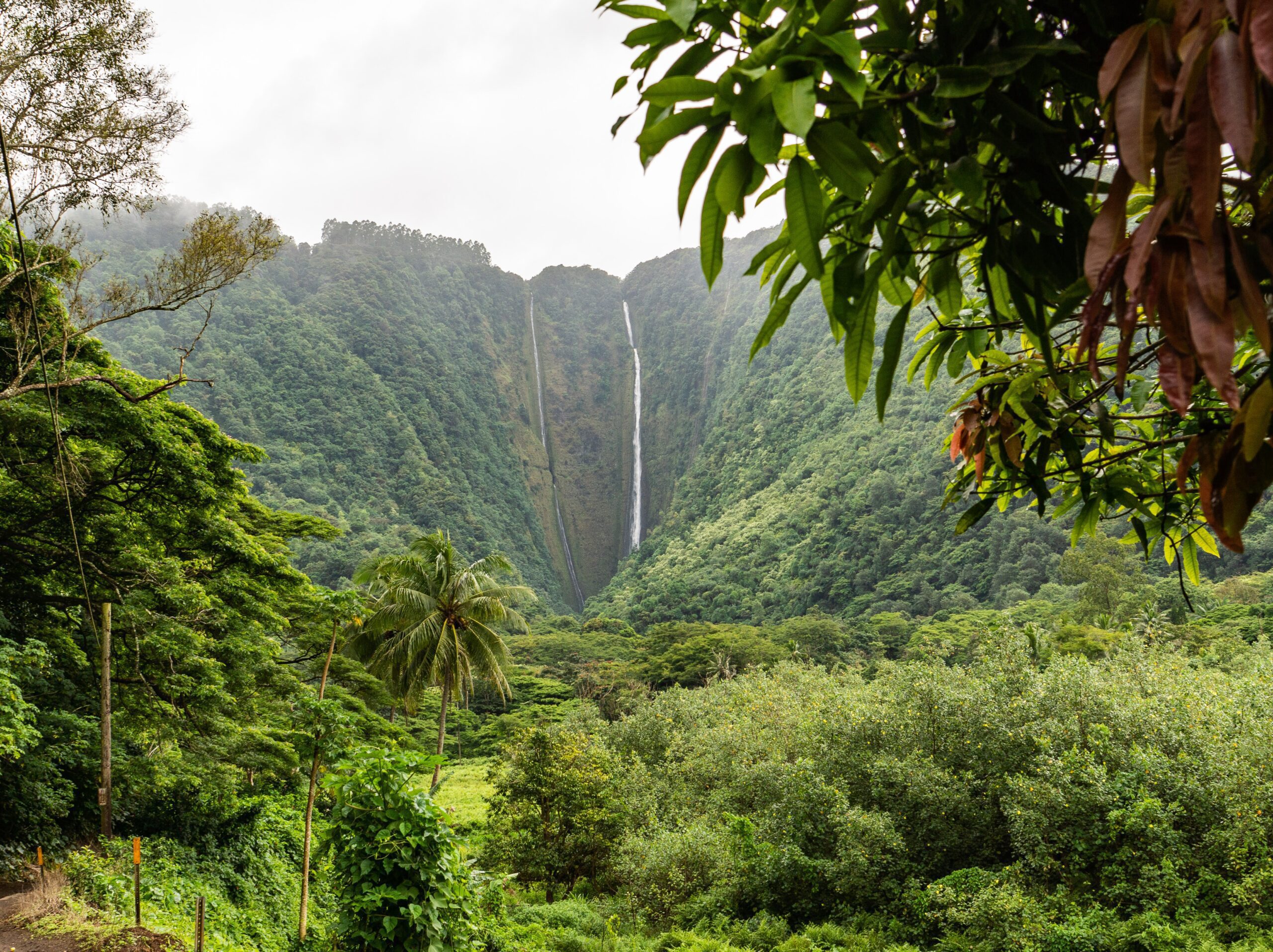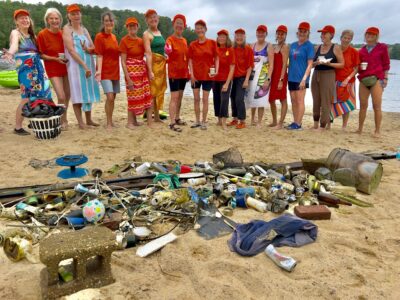It would be difficult to find another state as exemplary of the “two Americas” idea as Hawaii. Officially incorporated into the U.S. along with Alaska in 1959, Hawaii has become an extremely popular vacation destination for Americans interested in beaches, surfing, and a bit of molten lava.
As one would expect, the state government is heavily invested in that top destination status and the financial boom that happens every travel season. This yearly occurrence contributes more than 20% of the state’s overall economic output. But outside of the tourist spots and the glamor of pricey all-inclusive resorts, local life could not be more different.
Hawaii’s cost of living is extremely high, leading many to believe that the population is generally well off financially. However, that ranking is almost entirely supported by the many “Forgetting Sarah Marshall”-style hotels and beachside restaurants and the high-rolling out-of-towners that patronize them. For the locals, life often reflects a different reality. Leaving several communities, many of which are Indigenous groups, to continue their longstanding traditions of subsistence farming and fishing to this day.
However, access to these practices has not come along swimmingly. Local fish populations fell victim to the effects of tourism-induced pollution and invasive species, resulting in a serious decline in the available food pool for Native Hawaiians.
Efforts to reverse this damage have thankfully been building momentum, with organizations like The Nature Conservancy working tirelessly alongside community leaders to return the island to its previous condition.
These fish ponds, man-made over hundreds of years, are central to life on the Island of Hawaii, the main landmass of the state. It is there at these pools lined with rock walls that community members would congregate for any number of reasons. Many saw access to the fish as key to the survival of themselves and their families, which persists today as the economic divide continues to deepen.
Catching dinner in the wild means fewer trips to the grocery store, a welcome concept on an island where a gallon of milk is approaching $9. The ponds are friends of the environment as well. Each day anywhere from three million to five million gallons of submarine groundwater travels through these pools and into the ocean, where it helps sustain nearby coral reefs and reef fisheries.
The Nature Conservancy has been working hard to reverse years of damage to these pools since 2012.
There is not one sole cause for the decline, and experts have attributed the damage to a mix of general neglect, pollution via tourist-generated litter, and even a bit of molten lava.
Another significant factor was the spread of mangrove trees, an invasive species that grows thick roots that can have an adverse impact on nearby bodies of water.
Now 10 years later, that effort is beginning to pay off. While Nature Conservancy did much of the heavy lifting, the success of the cleanup would not have been possible without the help of local community groups, many of which sought to repair the pools in a show of respect for the ancestral traditions. These groups provided guidance as the pool walls were rebuilt and bottoms dredged to bring back added depth. Then, a mix of laborers and community volunteers worked with handheld nets to capture and remove any pests or invasive creatures. Finally, the area’s surrounding mangrove trees were cleared to help the pools stay resilient over time.
The cleanup has been a success by any metric. One pond mentioned on the island has seen its fish populations increase by 10 times what they were in 2012, with similar numbers appearing across the island’s restored ponds. Many locals have expressed excitement over the restorations, saying that the fish increase is just one of many positive changes. “There’s so much more that happens when spaces like loko iʻa [fish ponds] are restored,” Ku’uleini Keakealani said to The Guardian. “As we work to restore them, we also work on restoring ourselves as well.”





